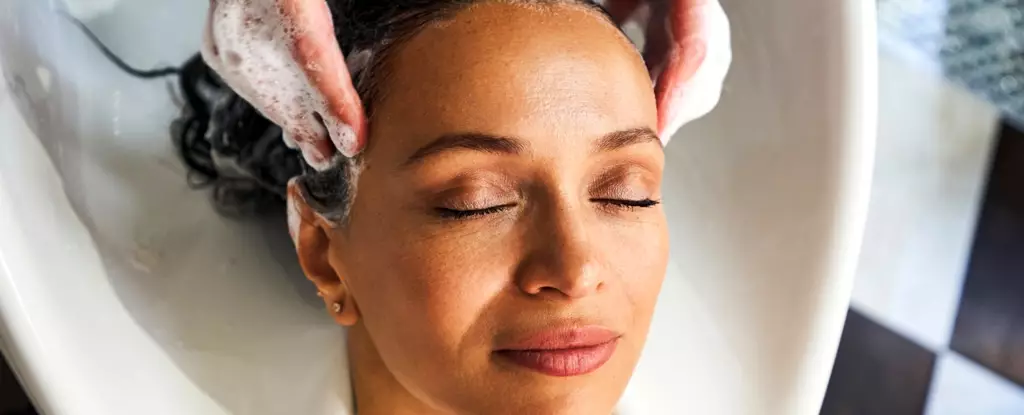Visiting a hair salon is often perceived as an indulgent escape from the routine of daily life, a time for relaxation and self-care. However, lurking behind this serene image is an unexpected and rare medical condition known as Beauty Parlor Stroke Syndrome (BPSS) that can transform an ordinary shampoo into a severe health risk. Exploring this syndrome reveals not only the potential dangers associated with hair treatments but also the unsettling reality that even everyday activities can have serious implications for our health.
Beauty Parlor Stroke Syndrome, first identified in 1993 by neurologist Dr. Michael Weintraub, describes a rare condition in which individuals experience stroke-like symptoms following hair washing at a salon. Although strokes are typically linked to factors like age, high blood pressure, or pre-existing medical conditions, BPSS serves as a reminder that healthy individuals, particularly women over the age of 50, can also be affected. The syndrome occurs when a client’s neck is positioned awkwardly over the backwash basin, which may lead to injury or even a life-threatening stroke.
Understanding how BPSS occurs requires some knowledge about strokes themselves. A stroke results from a sudden reduction in blood flow to the brain, either due to a blockage caused by a blood clot or the rupture of a major blood vessel. The delicate balance of blood flow is critical for sustaining brain health, and any interference can lead to severe neurological consequences.
The primary risk factor for BPSS stems from the position a client must adopt during shampooing. When seated at the backwash basin, the neck is often extended backward at an uncomfortable angle, potentially compressing blood vessels that supply crucial nutrients and oxygen to the brain. Research suggests that sudden movements or excessive neck rotation during the vigorous scrubbing of hair can further exacerbate the risk. Furthermore, physical conditions like bone spurs—small bony protrusions on the spine—can contribute to the syndrome by compressing adjacent arteries.
While limited research highlights just a handful of documented cases, the prospect of falling victim to BPSS should not be dismissed. Factors such as previous neck or vascular issues may heighten susceptibility; however, anyone can experience symptoms irrespective of their age or medical background.
Awareness of the symptoms associated with BPSS is crucial for prevention and timely intervention. Common symptoms encompass headache, dizziness, blurred vision, nausea, neck pain, and potential paralysis on one side of the body. In some instances, individuals may also experience near loss of consciousness. A significant challenge arises from the fact that BPSS symptoms can present similarly to conventional strokes, complicating diagnosis and treatment.
It’s pivotal to listen to our bodies and heed any discomfort or unusual sensations experienced during salon visits. The seemingly benign act of hair washing could conceal an underlying danger, making it essential to communicate openly with hairstylists about any concerns.
Mitigating the risks associated with BPSS begins with a few important adjustments and communication with hair professionals. Clients concerned about neck strain during shampooing should consider leaning forward over the backwash sink, as opposed to tilting their heads backward. Inquire whether neck support can be provided, and discuss reducing the speed and force applied during the washing process. Being proactive can significantly enhance the safety of the experience.
Additionally, it’s important to limit the duration of neck extension at the backwash basin. Engaging in these conversations with the hairstylist not only raises awareness about BPSS but also creates a sense of comfort and safety while receiving services meant for relaxation.
Despite the potential risks associated with Beauty Parlor Stroke Syndrome, visiting the hairdresser remains an important and largely safe activity for the majority. Hair care is closely linked to self-esteem, mental well-being, and confidence—essentials for any individual. While awareness of BPSS is necessary, it should not deter people from enjoying the pampering and relaxation that comes with hair care visits.
Instead, let’s prioritize our health by making informed choices and being proactive about our well-being while enjoying the carefully curated experiences found within salons. As we indulge in moments of self-care, let’s remember to nurture both our appearance and our health—not just with flawless hairstyles but also with an informed approach that keeps us safe and sound.

